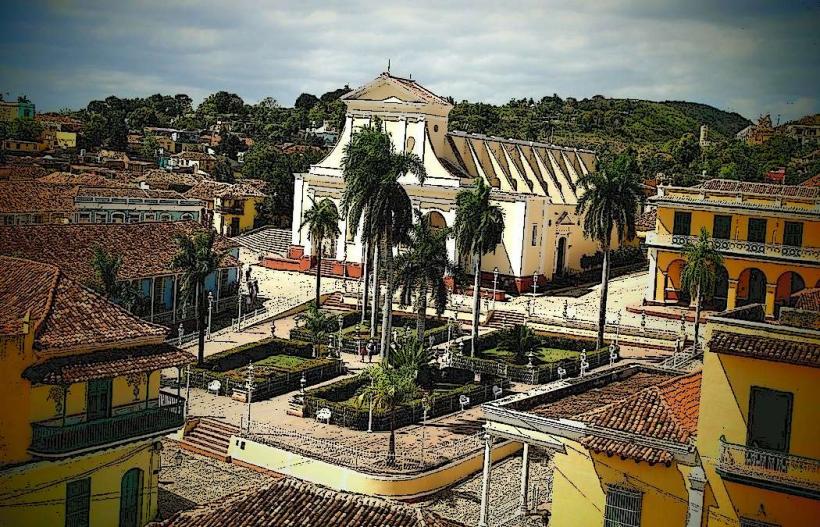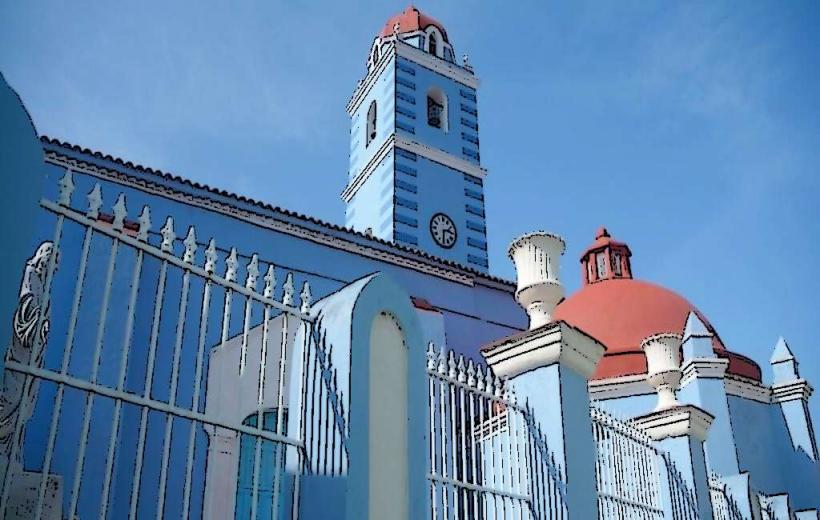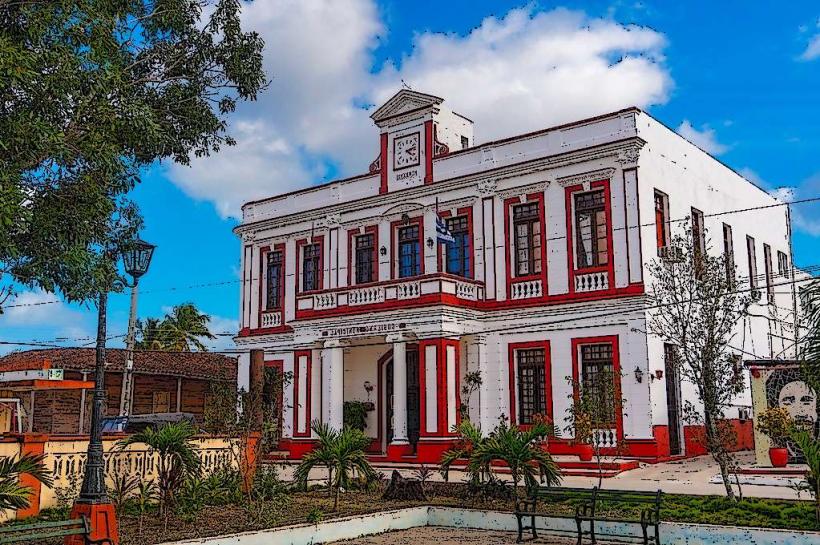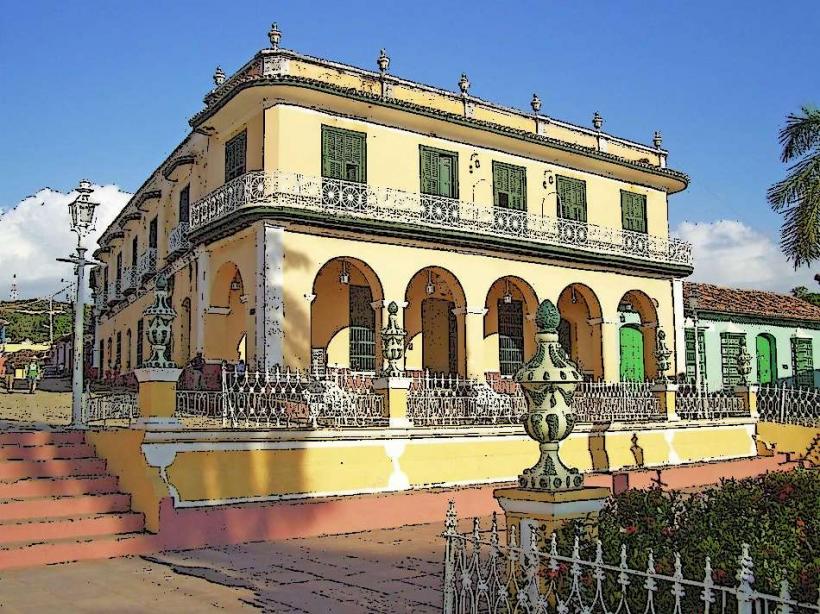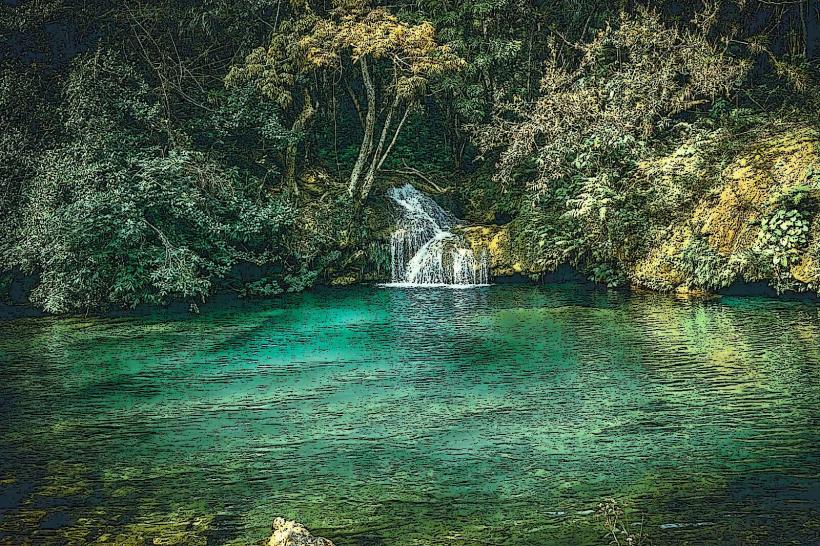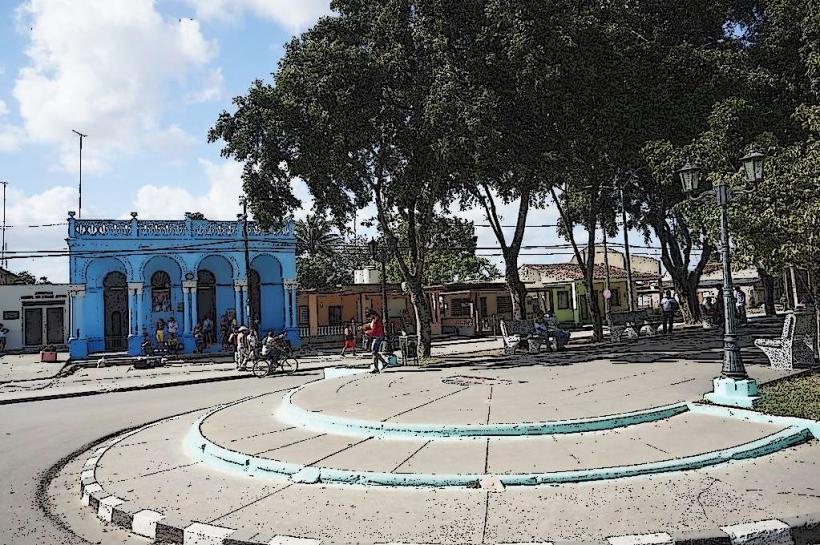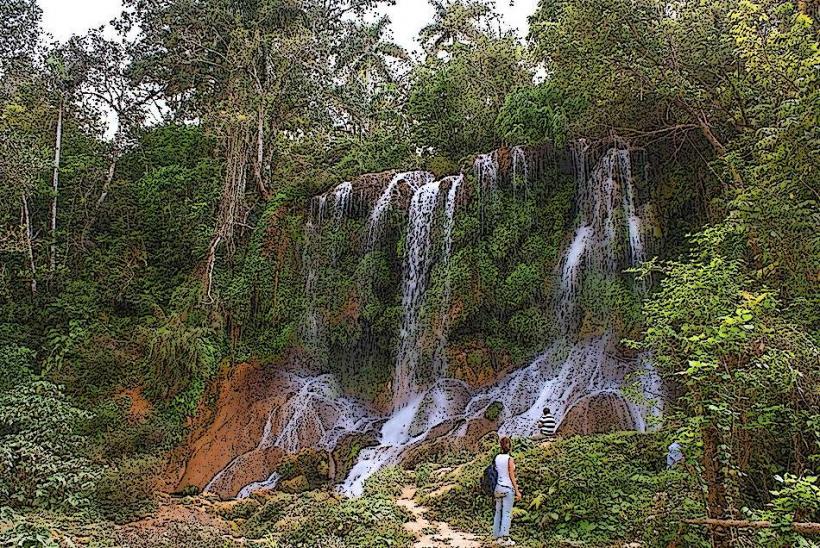Information
Landmark: Museo de Arte ColonialCity: Sancti Spiritus
Country: Cuba
Continent: North America
The Museo de Arte Colonial (Colonial Art Museum) is a significant cultural institution located in Sancti Spíritus, Cuba. The museum is dedicated to preserving and showcasing the artistic and historical heritage of the colonial period, offering visitors an insight into the art, architecture, and daily life of Cuba during the 16th to 18th centuries.
Key Features of Museo de Arte Colonial:
Historical Significance:
- The Museo de Arte Colonial is housed in a colonial building that itself is an important example of Cuban colonial architecture. The building dates back to the 17th century, and its historical value as an example of colonial design enhances the museum’s exhibition of artifacts and artworks from that era.
- The museum provides a glimpse into the Spanish colonial era and the influence it had on Cuban culture, including the introduction of European art styles and materials.
Exhibitions and Collections:
- The museum features a rich collection of colonial-era artworks, including paintings, furniture, sculptures, and religious artifacts. The exhibits reflect both the European influence on Cuban art and the unique blend of Spanish, African, and Indigenous cultures that shaped the island during the colonial period.
- The art collection includes religious works, such as altar pieces, icons, and paintings of saints, many of which were created by local artists or imported from Europe. These works highlight the significance of Catholicism in Cuban life during the colonial era.
- Furniture from the colonial period is also displayed, showcasing woodwork and decorative arts that were often crafted in Cuba or imported from Spain. Visitors can see elaborate wooden chairs, tables, and armoires that reflect the opulence and craftsmanship of the time.
- The museum also features a variety of ceramics, glassware, and metalwork, including items used for everyday life and ceremonial purposes. These objects provide insight into the material culture of Cuba during the colonial period.
Architectural Highlights:
- The building itself is a prime example of colonial architecture, with features such as arched windows, high ceilings, and wooden balconies that were common in the period. The courtyard of the museum offers a beautiful setting, with a peaceful atmosphere for visitors to enjoy the surroundings.
- The structure of the building and its interior spaces reflect the architectural style that dominated Cuba during the colonial era, creating an immersive experience for visitors as they explore both the art and the architecture.
Cultural Context:
- The Museo de Arte Colonial not only focuses on the visual arts but also provides a broader historical and cultural context. It presents the ways in which the colonial Spanish influence intertwined with Cuban traditions, African customs, and the indigenous heritage to create a unique cultural identity.
- The museum offers a comprehensive understanding of life in Cuba during the colonial period, highlighting the social structure, economic activities, and religious practices of the time.
Educational Value:
- The museum serves as an educational resource for both locals and tourists, with informative plaques and guided tours that help explain the significance of the various exhibits. It provides a deeper understanding of the cultural and artistic heritage of Cuba and the global connections during the colonial period.
- It also educates visitors about the history of the island through the lens of art, demonstrating how visual culture reflects the historical, social, and religious transformations that shaped Cuba.
Location:
- Located in Sancti Spíritus, the museum is centrally positioned, making it easily accessible for visitors exploring the city. It is close to Plaza Mayor, the heart of the city, and can be combined with a visit to other nearby attractions, such as the Iglesia Parroquial Mayor (Main Parish Church) and the Puente Yayabo (Yayabo Bridge).
- The museum is situated in a historic area that enhances its cultural and architectural context, making it a must-visit for anyone interested in Cuban colonial history and art.
Visitor Experience:
- The museum provides a calm and reflective environment where visitors can explore the artifacts at their own pace or with the assistance of knowledgeable guides. It is a quiet space that invites introspection and appreciation for Cuba’s colonial past.
- Visitors can take time to explore the various exhibits, learning about the role of art in shaping Cuban identity during the colonial period. The museum is also a place where one can appreciate the craftsmanship and aesthetic values of the time.
Conclusion:
The Museo de Arte Colonial in Sancti Spíritus is a key cultural institution that offers an immersive experience into Cuba's colonial past. Through its collections of art, furniture, religious objects, and historical artifacts, the museum paints a vivid picture of life during the colonial era, highlighting both the European influence and the unique Cuban characteristics that emerged during that time. Its architectural beauty and well-curated exhibitions make it an essential stop for anyone interested in Cuba’s artistic history and cultural heritage.

